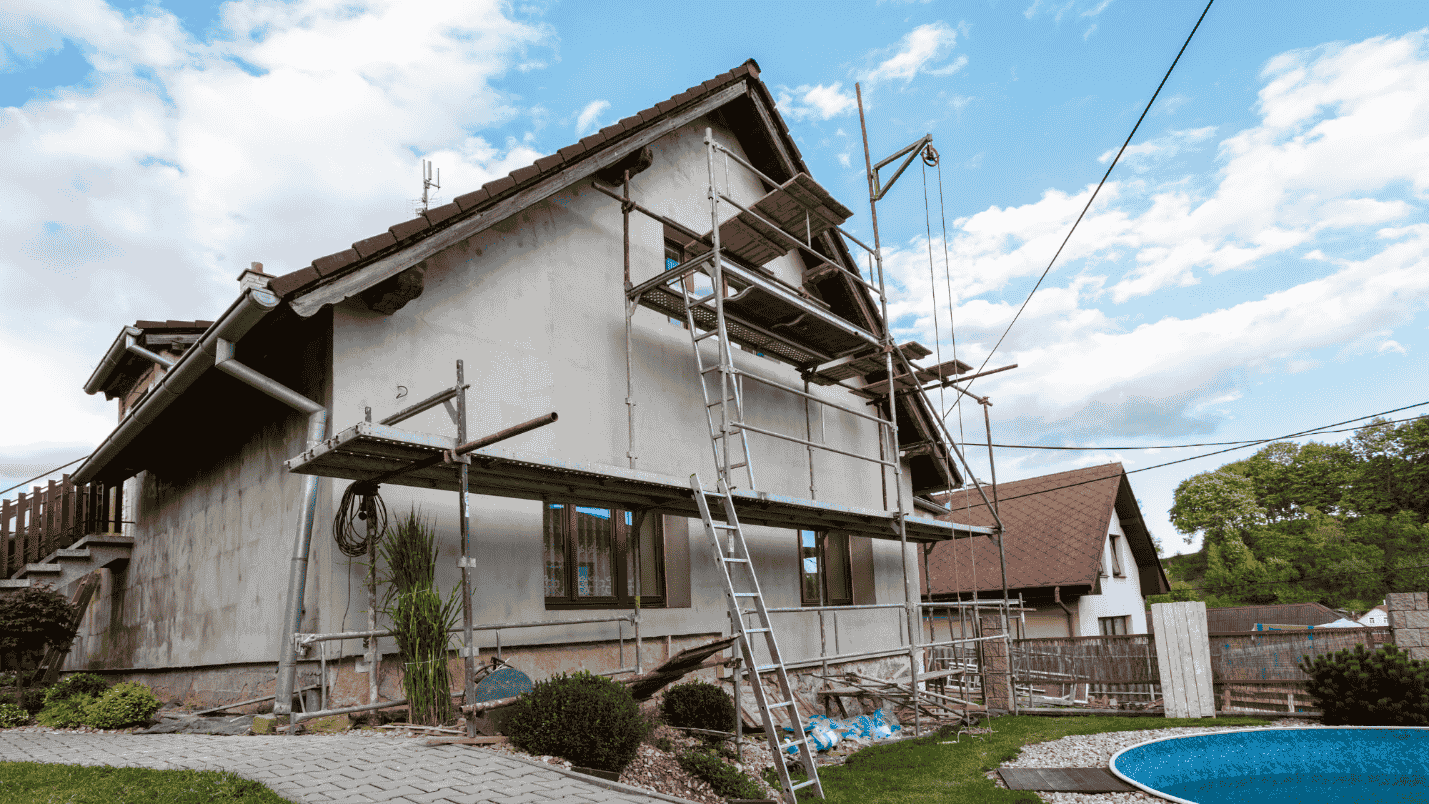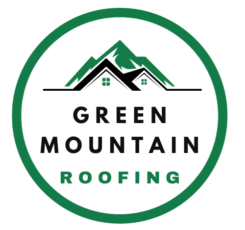While many people associate roof problems with stormy winters, the dry, hot summer months can be just as damaging, especially in Northern California. Prolonged sun exposure, fluctuating temperatures, and lack of moisture can silently compromise your roofing system without obvious signs until it’s too late.
At Green Mountain Roofing, we’ve seen how summer conditions impact homes across the region from the inland heat of Livermore to the coastal sun in Santa Cruz. If you’re concerned about summer roof damage in California, here are the most common issues to watch for and what you can do about them.
UV and Sun Damage
The intense summer sun is one of the biggest threats to your roof. Over time, ultraviolet (UV) rays can degrade roofing materials, causing shingles to dry out, become brittle, and crack. The problem is especially pronounced on south-facing roof slopes, which get the most sun exposure.
How to spot UV damage:
- Shingles appear faded, curled, or blistered
- Granules have collected in gutters or downspouts
- The roof feels brittle or rough to the touch
Even roofs that are only a few years old can show signs of wear if not properly maintained. In severe cases, sun damage can shorten a roof’s lifespan by several years.
Thermal Expansion and Contraction
As temperatures rise during the day and cool at night, roofing materials expand and contract. Over time, this movement can weaken the seals around flashing, vents, and joints. Shingles may shift or loosen, and small gaps can form, leading to potential leaks down the road.
In Northern California, where daytime temperatures can spike and evenings cool quickly, this cycle is repeated daily throughout the summer.
Why it matters:
Even if you don’t see visible damage, weakened seals and shifted materials can allow moisture in once the rainy season returns.

Clogged Gutters from Dry Debris
While summer doesn’t typically bring rain, it does bring dust, leaves, and debris, especially during windy days. If your gutters become clogged during the dry season, they’ll be unable to drain properly once the first fall storms arrive.
This can lead to water backing up onto the roof edge, causing fascia rot, mold, and water intrusion.
Prevention tip:
Clean your gutters at least once during the summer, especially if your property has trees nearby or you notice debris collecting on the roof.
Mold and Mildew in Poorly Ventilated Attics
Many homeowners don’t realize that even in hot, dry weather, moisture can still be a problem, particularly in poorly ventilated attics. Trapped heat combined with humidity from daily activities (like cooking and showering) can create condensation that lingers, encouraging mold and mildew growth.
If your attic smells musty or your insulation feels damp, poor ventilation could be to blame.
A proper ventilation system helps:
- Regulate attic temperatures
- Prevent moisture buildup
- Extend the life of your insulation and roofing materials
If you’re experiencing these issues, a professional inspection can help determine whether a ventilation upgrade is needed.
Wildlife Damage
Raccoons, squirrels, birds, and even insects often take shelter in attics during summer—especially if they find weak spots in your roofing system. Once inside, they can damage insulation, wiring, and even create entry points for moisture.
Signs to look for:
- Noises in the attic
- Nesting materials or droppings
- Small holes or gaps in eaves or soffits
Summer is a prime season for pest intrusion, and many homeowners don’t discover the problem until major repairs are needed.
Aging Roofing Materials
Summer heat speeds up the aging process for older roofs. If your roof is over 15–20 years old, the combination of heat, UV exposure, and daily temperature swings may reveal underlying weaknesses.
Now is the perfect time to assess your roof’s condition. You’ll want to address problems before they lead to leaks during the first rains of fall.

What You Can Do
Preventing summer roof damage in California starts with proactive maintenance and awareness. Here’s how you can protect your home:
- Schedule a professional roof inspection before the end of summer
- Clear debris and clean your gutters
- Check your attic for proper insulation and ventilation
- Seal gaps or cracks around flashing, chimneys, and vents
- Address minor damage before it becomes major
At Green Mountain Roofing, we’re here to help you stay ahead of potential problems with honest inspections, high-quality workmanship, and customized solutions for your home’s unique needs.
Don’t Let Summer Heat Catch You Off Guard
Just because the skies are clear doesn’t mean your roof is safe. Heat, sun, and debris all play a role in hidden roof damage that could cost you more down the line. By recognizing the signs of summer roof damage in California, you can act early and protect your home before the rainy season returns.
Reach out to Green Mountain Roofing today for a summer roof inspection. Let’s make sure your roof is ready for whatever the seasons bring, starting with the summer sun.

